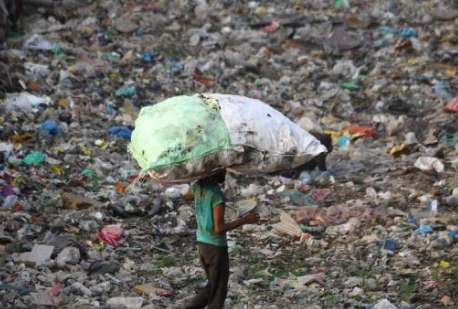In Amsterdam I met a man who revealed to me the hidden currents of our lives -- the massive flows of raw materials and products deployed, to such wonderful and damaging effect, by 7.7 billion humans. Our shared metabolism, you might say. It was a crisp fall morning, and I was sitting in a magnificent old brick pile on the Oosterpark, a palace of curved corridors and grand staircases and useless turrets. A century ago, when the Dutch were still extracting coffee, oil, and rubber from their colony in Indonesia, this building had been erected as a colonial research institute. Now it houses assorted do-gooder organizations. The one Marc de Wit works for is called Circle Economy, and it's part of a buzzing international movement that aims to reform how we've done just about everything for the past two centuries -- since the rise of the steam engine, "if you need to pinpoint a time," de Wit said.

De Wit is 39, genial, bespectacled, a little disheveled, a chemist by training. He opened a pamphlet and spread out a diagram he called "an x-ray of our global economy." Unlike natural ecosystems, which operate in cycles -- plants grow in soil, animals eat plants, dung replenishes soil -- the industrial economy is largely linear. On the diagram, fat, colored currents of the four types of raw material -- minerals, ores, fossil fuels, and biomass -- surged from left to right, splitting and braiding as they became products that met seven human needs. Sand went into concrete apartment towers on six continents. Metal ore became ships, cars, and also combine harvesters -- in a single year we harvested 22.2 billion tons of biomass, just to feed us all. Fossil fuels powered those vehicles, kept us warm, became plastic, became all kinds of things. The total flow into the economy in 2015 was 102.3 billion tons.












